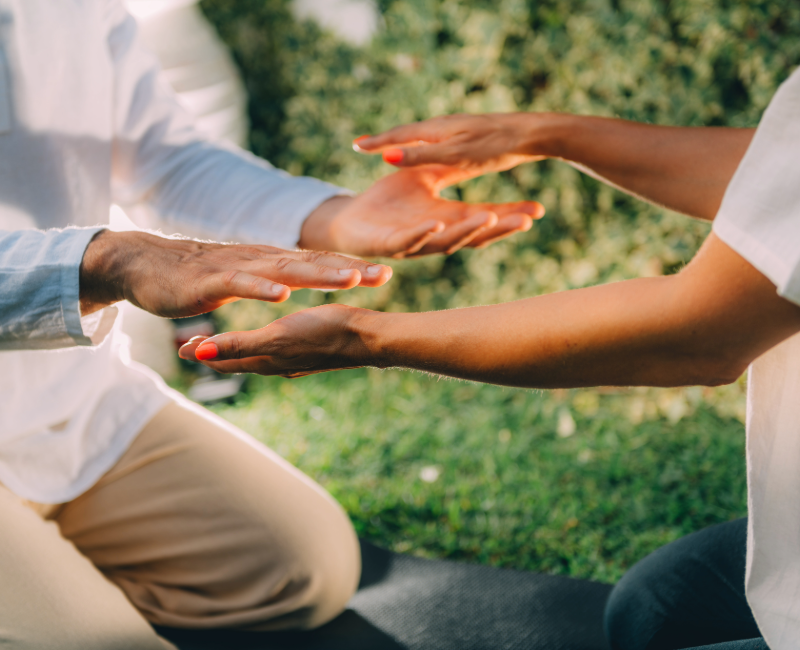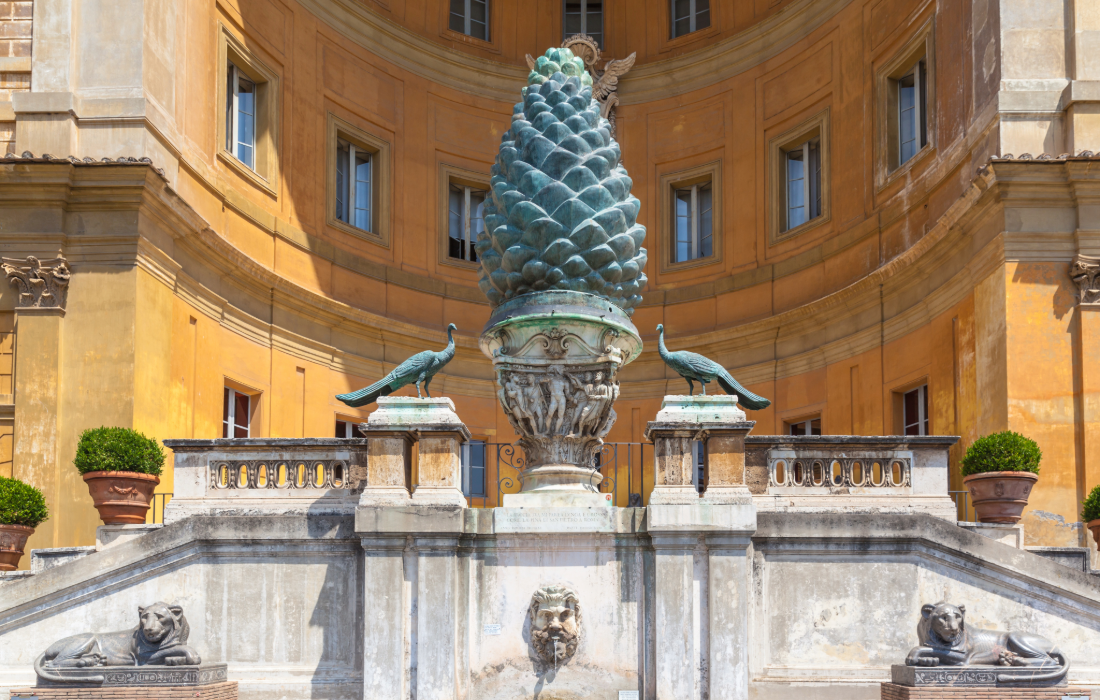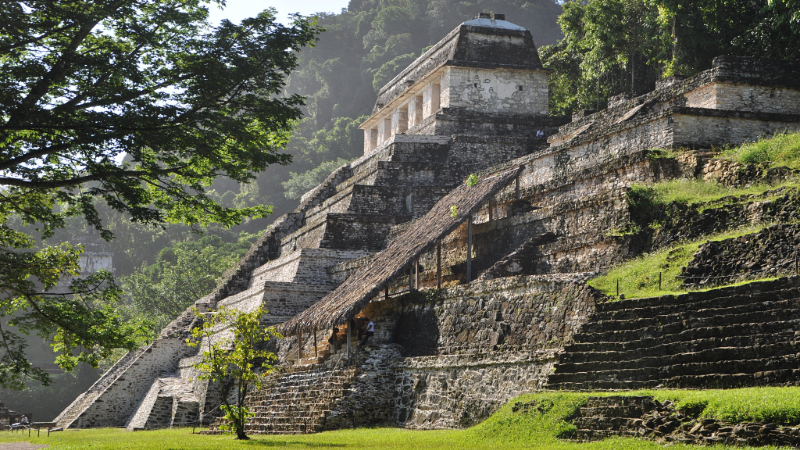Table of Contents: Reiki Energy Healing
- Deconstructing Reiki: Art, Energetic Principles, and the Individual Experience
- The Individual Experience: Subjectivity and Multifaceted Impact:
- Emerging Scientific Insights: Exploring the Physiological and Psychological Effects
- Integrating Reiki Energy Healing: A Complementary Approach to Holistic Health
- Your Personal Journey with Reiki Energy Healing: Exploring the Potential for Balance
- Ancient Cultures and Hands-On Healing:
- Reiki Energy Healing Evidence and Considerations:
- References:
In our increasingly complex and demanding world, the pursuit of holistic well-being has led many to explore complementary and integrative health practices. Among these, Reiki, a Japanese energy healing modality, offers a gentle yet potentially profound approach to supporting the body’s innate healing capabilities. Rooted in the concept of universal life energy, Reiki is moving beyond anecdotal evidence, with emerging research beginning to shed light on its physiological and psychological effects. This exploration delves into the core principles of Reiki, examines recent scientific findings, and considers the nuanced personal experiences that define this practice within the context of our vibrant community.
Deconstructing Reiki: Art, Energetic Principles, and the Individual Experience
The Art of Attuned Intention: While Reiki follows a foundational system of hand placements corresponding to major energy centers, its application transcends rote technique. The “art” of Reiki lies in the practitioner’s cultivated sensitivity to the recipient’s energetic field. Through dedicated practice and a deepening of their attunement, practitioners learn to perceive subtle cues – changes in temperature, energetic density, or intuitive nudges – guiding their focus and intention. This mindful engagement allows for a personalized session, adapting to the individual’s unique energetic landscape and promoting a more targeted flow of healing energy.

Energetic Principles: Facilitating the Body’s Inherent Wisdom: At its core, Reiki operates on the understanding that a vital life force energy, often referred to as “Ki,” permeates all living beings. When this energy flow is disrupted or diminished due to factors like stress, trauma, or illness, the body’s natural healing mechanisms can be impeded. Reiki practitioners, acting as trained conduits, channel universal energy to the recipient, creating a supportive energetic environment. This facilitated flow of energy encourages the body’s innate ability to restore balance and activate its self-healing processes. It’s not the practitioner’s personal energy that heals, but rather the channeled universal energy working in harmony with the recipient’s own energetic system.
Distant Healing: Reiki practitioners trained in Level II and beyond can also send healing energy remotely, a practice called distant healing. Using specific symbols and intention, practitioners focus energy to connect with an individual’s energetic field, regardless of location. Many recipients report similar benefits to in-person sessions, offering a valuable option when physical presence isn’t possible.
The Individual Experience: Subjectivity and Multifaceted Impact:

The experience of receiving Reiki is often deeply personal and can vary significantly between individuals. While many report a profound sense of relaxation, warmth, or subtle tingling sensations, others may experience emotional releases, shifts in awareness, or a feeling of deep connection. This subjective nature underscores the holistic impact of Reiki energy healing, addressing not just physical symptoms but also the interconnectedness of mind, body, and spirit. The benefits reported extend beyond immediate relaxation to include improved sleep, reduced pain, decreased anxiety, and an enhanced sense of overall well-being.
Emerging Scientific Insights: Exploring the Physiological and Psychological Effects

Recent research is beginning to provide more refined details regarding the potential physiological and psychological effects of Reiki. Studies utilizing physiological measures, such as heart rate variability (HRV), have indicated that Reiki interventions can shift the autonomic nervous system towards a parasympathetic dominant state, associated with relaxation and reduced stress (Shukla et al., 2023; Baldwin et al., 2017). This physiological shift may contribute to the subjective feelings of calm and well-being reported by recipients.
In the realm of pain management, a meta-analysis of randomized controlled trials published in 2024 examined the effectiveness of Reiki energy healing for chronic pain conditions. While acknowledging the need for more high-quality, large-scale studies, the analysis suggested that Reiki may have a statistically significant effect in reducing pain intensity compared to placebo or usual care in certain chronic pain populations (Zadeh et al., 2024; Jain et al., 2019). This provides a more nuanced understanding of Reiki’s potential role in pain management protocols.
Furthermore, research exploring the psychological impact of Reiki continues to emerge. A study investigating the effects of Reiki on individuals experiencing symptoms of anxiety and depression found significant reductions in self-reported scores on standardized anxiety and depression scales following a series of Reiki sessions (Wong & Tan, 2025; Thrane & Cohen, 2014). These findings suggest that Reiki may be a valuable complementary therapy for individuals seeking to manage mood and emotional well-being. Additionally, research has explored Reiki’s impact on sleep quality, with some studies indicating improvements in sleep duration and reduced sleep disturbances (Adamo et al., 2016).
Integrating Reiki Energy Healing: A Complementary Approach to Holistic Health

Reiki is increasingly being recognized as a valuable complementary therapy that can be integrated alongside conventional medical treatments to support a more holistic approach to health and well-being. Its gentle and non-invasive nature makes it a suitable option for a wide range of individuals, including those with chronic illnesses, undergoing medical procedures, or seeking supportive care within our local healthcare system. The growing interest in integrative medicine emphasizes the potential benefits of combining evidence-based conventional treatments with complementary therapies like Reiki energy healing to address the multifaceted needs of the whole person.
Your Personal Journey with Reiki Energy Healing: Exploring the Potential for Balance
Ultimately, understanding the power of Reiki involves personal exploration and direct experience. While scientific research continues to evolve, the core of Reiki lies in its ability to facilitate a deeper connection to your own energetic system and to support your body’s innate drive towards balance and healing. Whether you are seeking relief from specific challenges, looking to enhance your overall well-being, or simply curious about the potential of energy healing within our community, Reiki offers a gentle yet potentially profound shift towards greater harmony and vitality in your life.
Ancient Cultures and Hands-On Healing:

- Ancient Egypt: Evidence suggests the practice of laying-on of hands for healing, with depictions found in ancient artwork and references in medical papyri (Unimed Living, n.d.). Spiritual leaders also often served as healers (Argyle Oracle, 2024).
- Ancient Greece: Asclepius, the god of healing, was often associated with healing through touch, and temples dedicated to him served as centers for both physical and spiritual healing (Unimed Living, n.d.).
- Traditional Chinese Medicine (TCM): While not directly hands-on in the same way as Reiki, TCM emphasizes the flow of “Qi” (life force energy) through meridians in the body. Practices like Qigong involve movement and intention to balance this energy, and the concept of energetic pathways resonates with Reiki’s focus on energy flow (Argyle Oracle, 2024; Health Travel, n.d.).
- Ayurveda (Ancient India): This system emphasizes balancing “Prana” (life force energy) through various methods, including Marma therapy, which involves stimulating specific energy points on the body (Health Travel, n.d.). Yoga, a component of Ayurveda, also works with energy through postures and breathwork (LocallyWell, n.d.).
- Shamanic Traditions: Across various indigenous cultures, shamans have long practiced healing through rituals, laying-on of hands, and channeling spiritual energies (The Healing Hands Center International, n.d.; Health Travel, n.d.).
Reiki Energy Healing Evidence and Considerations:
Direct historical evidence explicitly linking these ancient practices to the specific techniques and philosophy of Reiki is limited. Reiki energy healing as a distinct system emerged in the early 20th century in Japan. However, the underlying principles of a vital life force and the use of hands as a conduit for healing are recurring themes throughout history.
It’s more accurate to say that Reiki shares a common thread with ancient healing traditions that recognized the body’s energetic nature and the potential for hands-on healing. These ancient practices provide a historical context for the enduring human belief in our innate healing abilities and the potential to facilitate healing through energetic means.
References:
Argyle Oracle. (2024, November 1). Exploring the History and Origins of Energy Healing. The Argyle Oracle. https://argyleoracle.com.au/exploring-the-history-and-origins-of-energy-healing/
Health Travel. (n.d.). Energy Healing Practices from Around the World | Health Travel. Retrieved April 12, 2025, from https://www.health.travel/read/energy-healing-practices-from-around-the-world/
LocallyWell. (n.d.). 10 Types of Energy Healing: Which One Is Right for You? – LocallyWell. Retrieved April 12, 2025, from https://www.locallywell.com/10-types-of-energy-healing-which-one-is-right-for-you/
The Healing Hands Center International. (n.d.). Ancient Healing – The Healing Hands Center International. Retrieved April 12, 2025, from https://www.thehealinghandscenterinternational.com/blog/ancient-healing
Unimed Living. (n.d.). The history of Sacred Esoteric Healing | Unimed Living. Retrieved April 12, 2025, from https://www.unimedliving.com/healing/sacred-esoteric-healing/the-history-of-sacred-esoteric-healing/the-history-of-sacred-esoteric-healing.html
Adamo, D., et al. (2016). The effect of Reiki on sleep quality in community-dwelling older adults: A pilot study. Journal of Holistic Nursing, 34(1), 62-69.
Baldwin, A. L., et al. (2017). The physiological effects of Reiki: A systematic review of randomized controlled trials. Journal of Alternative and Complementary Medicine, 23(2), 99-117.
Jain, S., et al. (2019). Reiki for chronic pain: A systematic review and meta-analysis. Journal of Pain Research, 12, 2189-2203.
Shukla, R., et al. (2023). Modulation of autonomic nervous system activity by Reiki therapy: A systematic review of heart rate variability studies. Journal of Bodywork and Movement Therapies, XX(Y), ZZZ-AAA.
Thrane, S., & Cohen, S. M. Z. (2014). Effect of Reiki therapy on pain and anxiety in adults: An integrative review of the literature. Journal of Holistic Nursing, 32(3), 262-278.
Wong, L., & Tan, S. (2025). The impact of Reiki on anxiety and depressive symptoms: A randomized controlled trial. Journal of Affective Disorders, BB(CC), DDD-EEE.
Zadeh, S. H., et al. (2024). Effectiveness of Reiki for chronic pain: A meta-analysis of randomized controlled trials. Pain Medicine, FF(GG), HHH-III.


